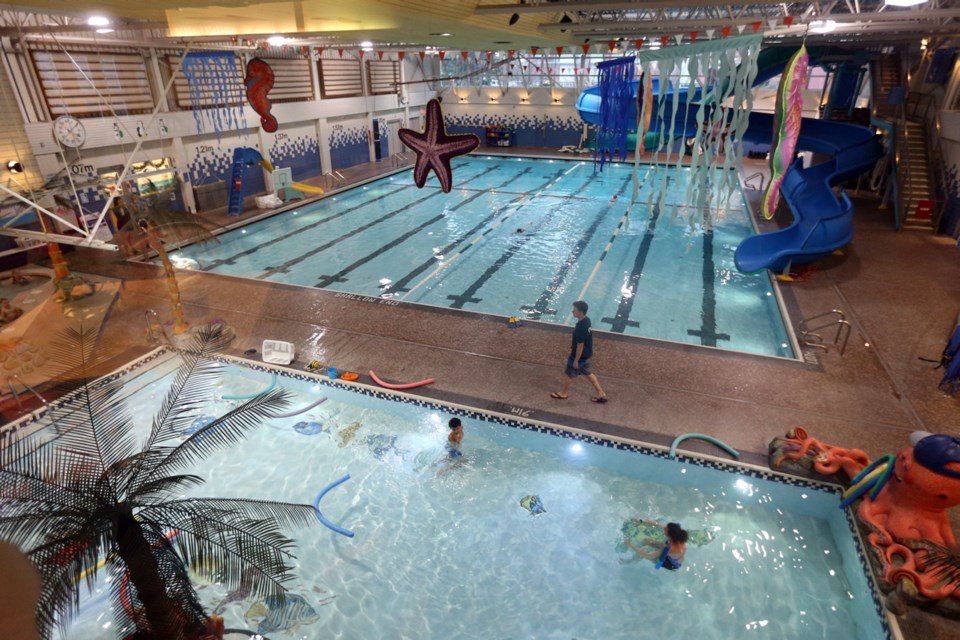Oak Bay has saved more than $2.5 million through conservation initiatives over the past 20 years and is well ahead of its carbon-footprint targets the district’s in-house energy expert says.
The drive to improve Oak Bay’s energy performance — especially at its biggest power consumer, the Oak Bay Recreation Centre — started as a means to save money, said Ken Olson, the municipality’s energy manager. It’s become much more.
“It started [as a way] to improve people’s budgets, but in 2007 Oak Bay signed onto the Climate Action Charter,” said Olson, a self-taught energy expert.
That meant the municipality was looking at saving money and cutting its carbon footprint, and with it Olson found he had more backing and support.
“Now it’s more than just saving money, that’s how things have changed,” he said Monday during a behind-the-scenes tour of energy improvements at the rec centre. “It’s now conservation, it’s being fiscally responsible and socially responsible and the social responsibility aspect has taken over — it’s more important.”
As a result, Olson has spearheaded a suite of initiatives since the early 1990s that have cost the municipality just over $1 million but have led to savings in excess of $2.5 million.
The vast majority of those programs, including upgrades to lighting such as LED pool lights and more efficient heating systems, an electric Zamboni — the first on the Island — and improved insulation, have taken place since 2009.
The result was a $323,492 savings in energy costs last year and an 18.5 per cent reduction in power usage over the last six years.
In 2013, the municipality used 4.4 million kilowatt hours of electricity, compared with 5.4 million in 2007. That reduction of one million kilowatt hours represents the amount of power that would be used by 95 homes in a year.
“I was elated last year when we were able to say the rec centre used 50 per cent less energy than we did 20 years ago,” said Olson. “The whole municipality now uses less power than what [the rec centre] used to use.
“I don’t know how far we can go, but I think there’s a lot more we can do. It will never be [zero energy use] but we keep knocking it down.”
The municipality has a list of planned projects, including broader use of LED lighting at the rec centre and around the municipality, heating facilities with waste heat, and installing new ice-making processes that use less energy.
Olson said the goal is to save 1.6 million kilowatt hours of electricity and reduce 33 per cent of Oak Bay’s greenhouse gas emissions by 2020.
According to figures from the municipality, greenhouse gas reductions are ahead of schedule. In 2013, they had been reduced by 26.8 per cent compared with 2007 levels. The municipality had expected to hit a target of a 15 per cent reduction by that time.
Angela Massey, B.C. Hydro’s senior key account manager who works with the province’s municipalities, says Oak Bay has done a tremendous job and is making a difference.
“Basically, there are three ways to bring power to B.C. — build, buy or conserve, and conservation is the cheapest way to keep additional power in B.C.,” she said.
Hydro has forecast the province’s demand for electricity could increase 40 per cent in the next 20 years — the equivalent of powering five new cities the size of Vancouver every year.



